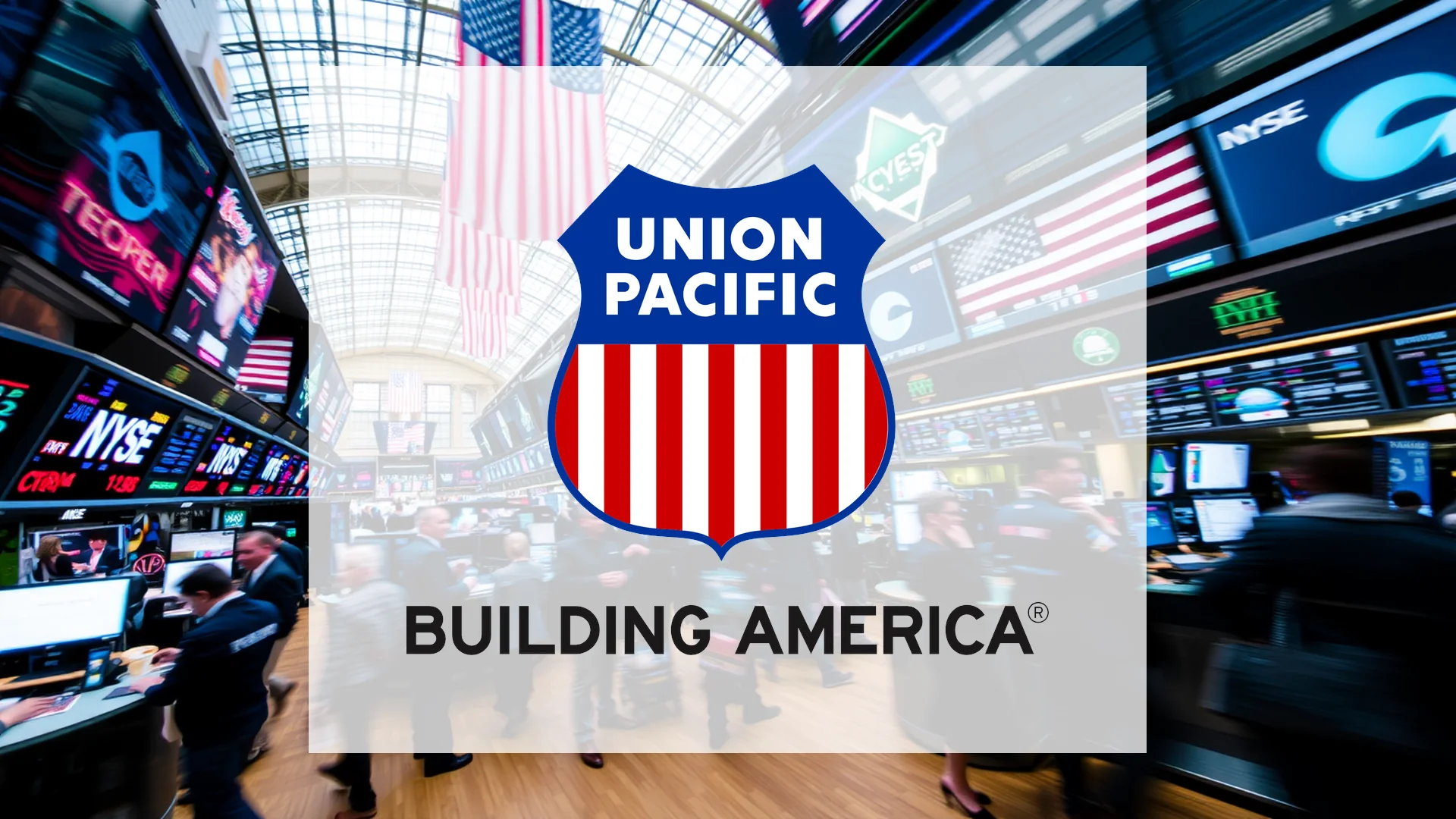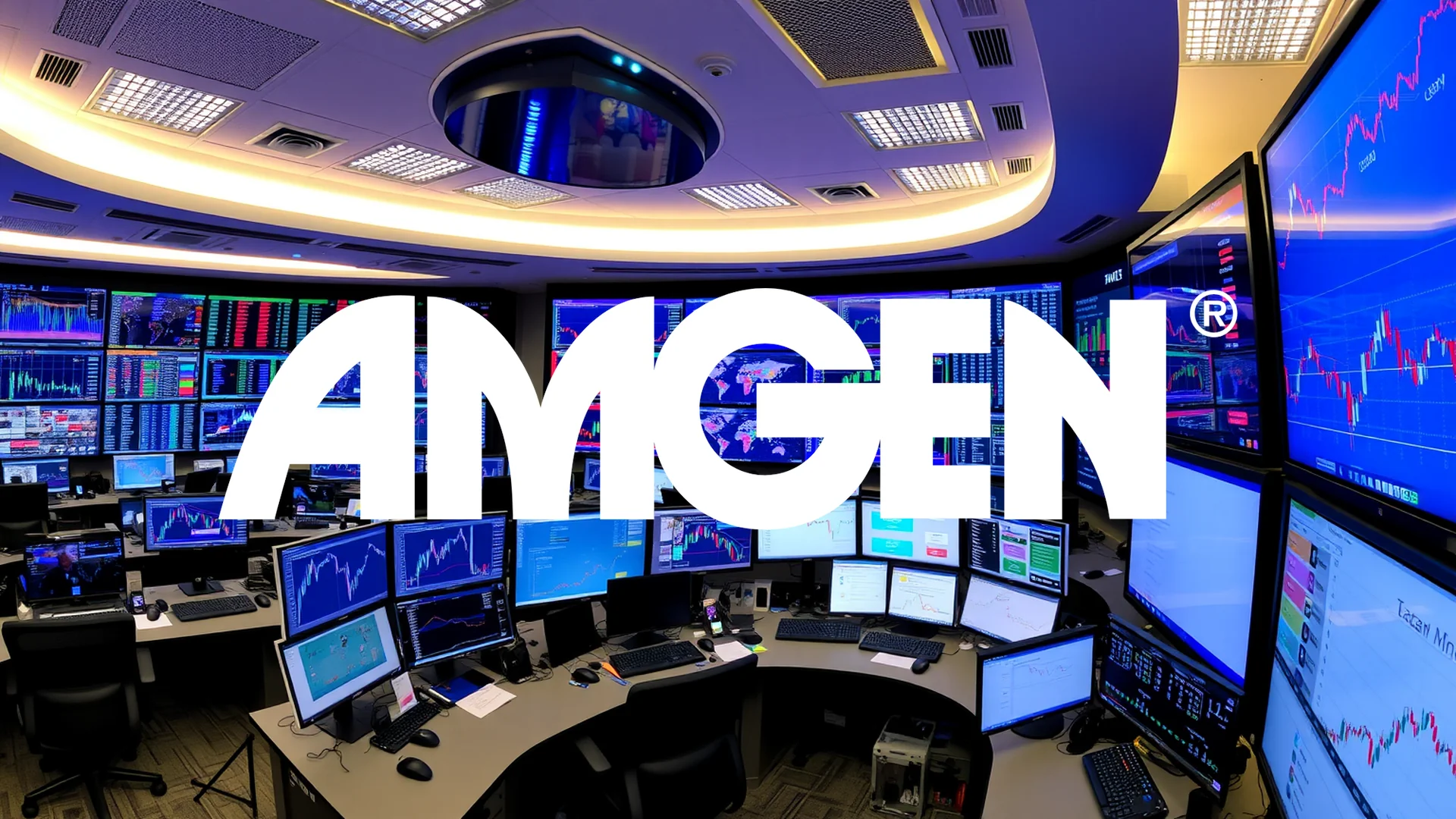Union Pacific Corporation is deploying its full political arsenal to secure what would be the largest railroad merger in history. The company’s Chief Executive, Jim Vena, engaged in high-stakes discussions at the Oval Office last Friday, aiming to secure President Trump’s endorsement for its proposed acquisition of competitor Norfolk Southern. The $85 billion deal now faces a critical juncture, with regulatory approval hanging in the balance.
Strategic Timing and Substantial Opposition
The proposed consolidation has ignited fierce debate within industry and political circles. Union Pacific champions the merger as a transformative development for American rail infrastructure, capable of creating a seamless coast-to-coast network. CEO Vena contends that this expanded scale is essential to effectively compete with the trucking industry while protecting unionized employment.
This lobbying effort is strategically timed, following the recent ratification of labor agreements covering nearly half of its workforce. These new contracts secure wage increases and enhanced benefits for employees.
However, significant opposition is mounting. The American Chemistry Council (ACC) has voiced strong concerns, warning that the combination of two of the nation’s four major Class I railroads could create monopolistic conditions and drive freight rates higher. Critics fear the transaction would substantially reduce competitive options in the rail sector.
Navigating a Complex Regulatory Landscape
The ultimate decision rests with the Surface Transportation Board (STB), the federal regulatory body overseeing railroad mergers. The STB must not only approve the deal but also determine that it serves the broader public interest—a review process that analysts suggest could extend into 2027.
Should investors sell immediately? Or is it worth buying Union Pacific?
The financial implications for Union Pacific are already materializing. The company has allocated $50 million for merger-related expenses in the third quarter alone and has suspended its share repurchase program. Total capital requirements for the transaction are estimated at approximately $20 billion.
Despite these substantial costs and regulatory uncertainty, some market analysts maintain a cautiously optimistic outlook on the company’s stock. The average price target among analysts sits in the range of $256 to $258, notably higher than the current trading price. This optimism is often predicated on the company’s solid fundamental performance and attractive valuation, irrespective of the merger’s outcome.
A Pivotal Moment for Investors
For shareholders, the situation represents a period of heightened volatility. Union Pacific’s stock is trading near its 52-week low and has declined more than 18% since the start of the year. The future trajectory of the share price is overwhelmingly dependent on the regulatory verdict.
Success would forge the first unified rail network spanning the continental United States, potentially unlocking significant long-term value. Failure, however, would leave the company burdened with substantial sunk costs and devoid of a major growth catalyst.
The coming weeks are expected to be decisive. The formal submission of the application to the STB will initiate an official countdown, and any subsequent developments—whether progressive or detrimental—are likely to trigger immediate market reactions. The central question remains whether Union Pacific’s ambitious vision will prevail or succumb to antitrust objections.
Ad
Union Pacific Stock: Buy or Sell?! New Union Pacific Analysis from December 18 delivers the answer:
The latest Union Pacific figures speak for themselves: Urgent action needed for Union Pacific investors. Is it worth buying or should you sell? Find out what to do now in the current free analysis from December 18.
Union Pacific: Buy or sell? Read more here...










